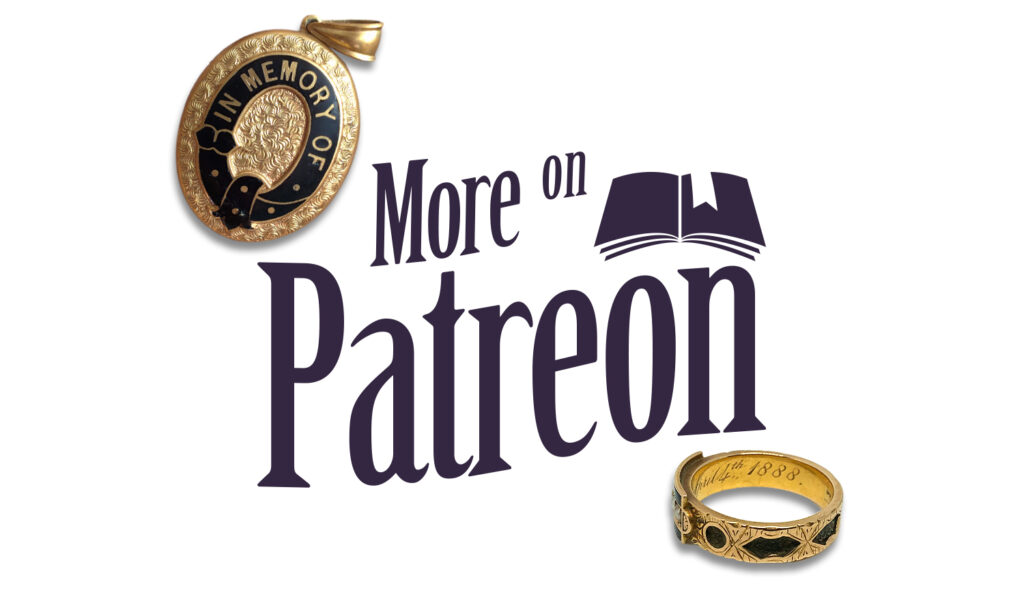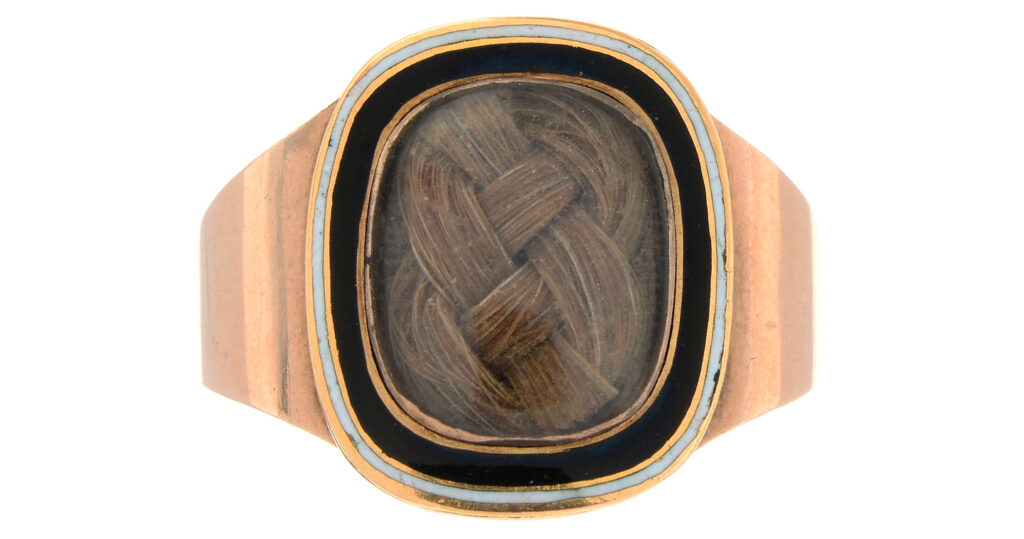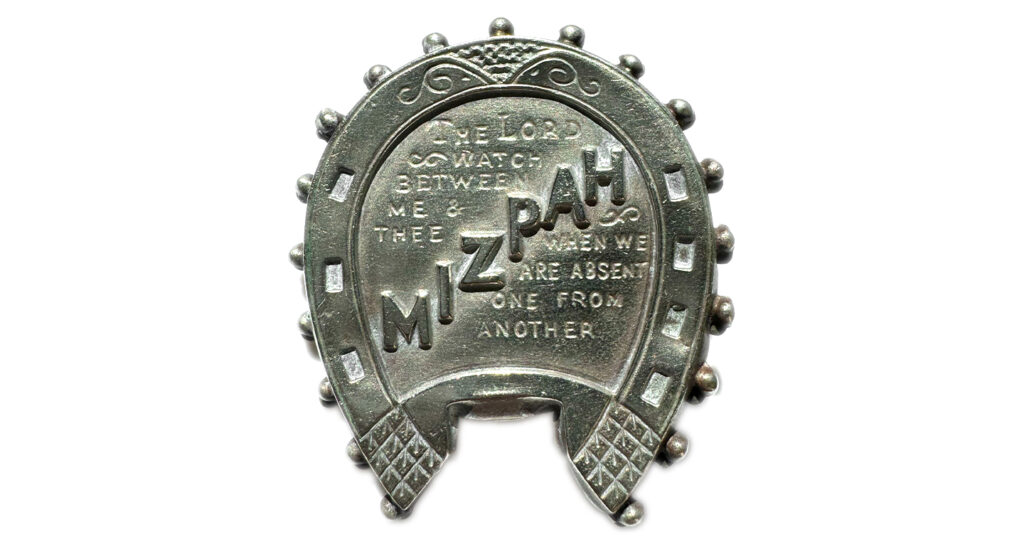Early 19th Century Style Represented in a Mourning Ring
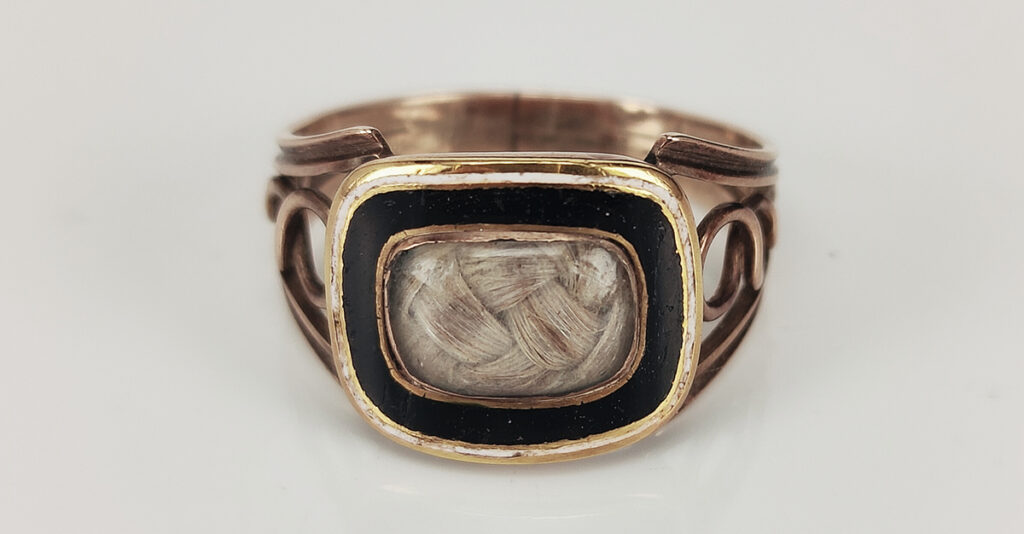
Elizabeth Wallman’s mourning ring was made in 1808 from 9ct gold. Its design speaks to an era of international turmoil and a rapid effort to bolster British nationalism through social behaviour and custom. Mourning rings were an important part of social custom. Being made in high volume and gifted at funerals created a symbol of memory for the deceased, but also represented the wealth and status of the family. Creating products from death also promoted economic stimulus during times of war.
The Napoleonic Wars created powerful national symbols from its military and naval figureheads, notably Horatio Nelson, whose death was turned into a symbol and produced his likeness across a wide range of household items and jewels.
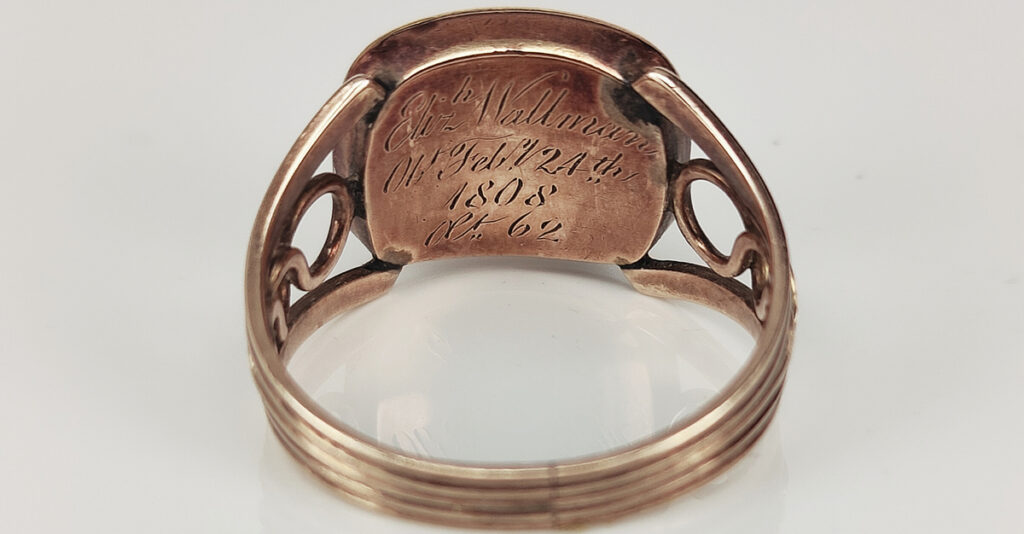
British political stability was fueled by the wearing of symbols for sentimentality in the early 19th century, a time when the Napoleonic Wars was affecting international commerce and affecting the cost of production for the military, leading the government to increase taxes. Industry suffered through this, as the cost of machinery increased and many men had no other option but to join the army. The increasingly impoverished would react against the economic downturn in the latter years of the war, creating a Luddite movement that pushed back against industrialisation. It was a precarious situation for the government to maintain stability, which was traditionally maintained by religious symbols to govern over final judgement and leading a pious life. Social mobility had changed radically since the 17th century and industrialisation led to urbanisation, where messages of dissent could be passed through communities quickly.
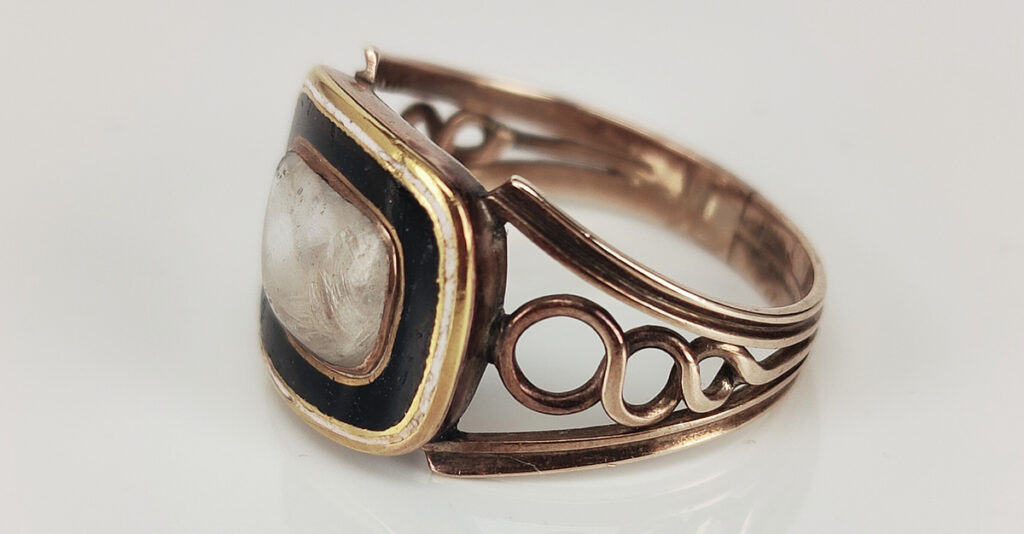
Elizabeth Wallman’s ring reflects a time when jewels like these were produced rapidly and at lower cost. Contaminated gold, often with high traces of zinc, were used for their housings, as the gold was put towards the war effort. Sentimental jewels were always required as keepsakes for a loved one, making their production necessary for memory and presenting oneself in social standing.
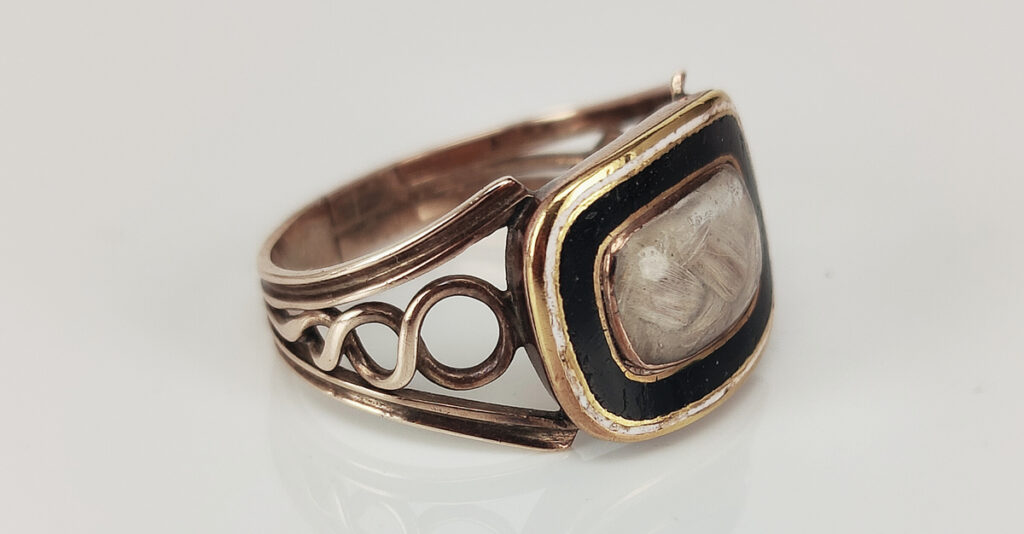
Designs of mourning rings between the years of 1800 – 1820 had the most variance in styles more than any other time in the Early Modern period. With less gold to be used and an upwardly mobile society that could afford to purchase these jewels, more creative ways were being used to make the rings look larger and more opulent. Opening the shoulders of the band was an interesting design style of this period, as the gold wire in its large loop style takes up a larger portion of the finger.
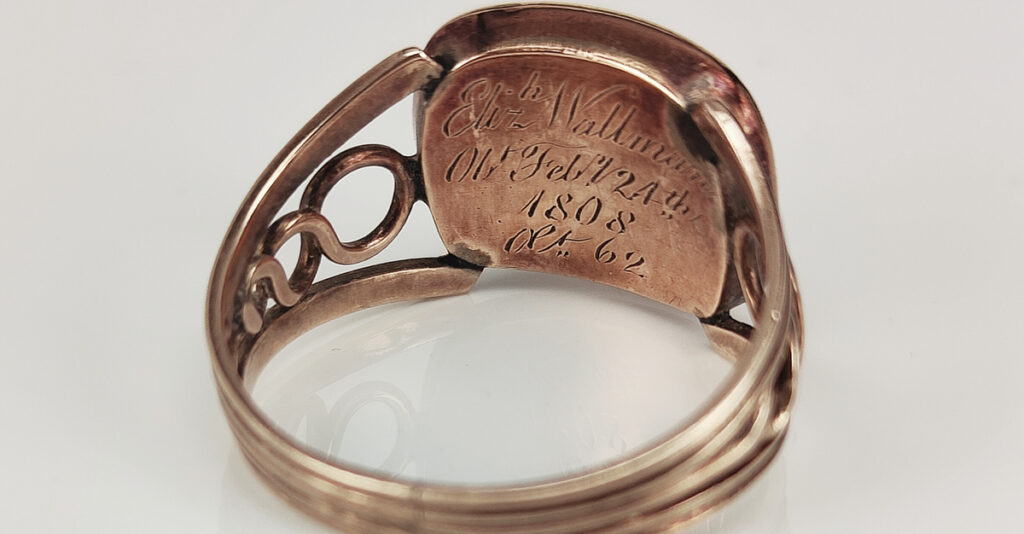
Human hair became widely used during this time in mourning jewels, as its abundance was plentiful and its cost incredibly low. Hair artists had been advertising their businesses in the 1780s, but a larger concentration of them emerged in the early 19th century to capitalise on the demand for mourning and sentimental jewels with woven hair.
The ring featured in this article appears courtesy of Kalmar Antiques, who you can find on Instagram, Twitter and on their website.




